Home>Garden Essentials>How Long Does It Take To Grow An Orange Tree From A Seed


Garden Essentials
How Long Does It Take To Grow An Orange Tree From A Seed
Modified: October 20, 2024
Learn how long it takes to grow an orange tree from a seed in your garden. Explore the timeline and steps involved.
(Many of the links in this article redirect to a specific reviewed product. Your purchase of these products through affiliate links helps to generate commission for Storables.com, at no extra cost. Learn more)
Introduction
Growing an orange tree from a seed is a rewarding and fulfilling experience for any garden enthusiast. The process may seem daunting, but with a little patience and care, you can witness the journey of a tiny seed evolving into a beautiful and fruitful tree.
Orange trees belong to the citrus family, known for their vibrant fruits and heavenly fragrance. Whether you’re a seasoned gardener or just starting your green thumb journey, understanding the factors influencing the growth of orange trees from seeds is essential to ensure successful cultivation.
In this article, we will delve into the key aspects that impact the growth of orange trees, from the germination of seeds to the maturation and fruit-bearing stage. By the end, you will have a comprehensive understanding of the time it takes to grow an orange tree from a seed.
Key Takeaways:
- Growing an orange tree from a seed takes 3 to 5 years, but the journey is filled with awe-inspiring moments and the satisfaction of nurturing a small seed into a majestic tree. Patience and consistent care are key to success.
- Factors like climate, sunlight, soil quality, watering, and nutrient supply play crucial roles in the successful growth of an orange tree from a seed. Creating an optimal environment and providing the necessary care greatly contribute to the tree’s success.
Factors Affecting the Growth of Orange Trees from Seeds
Several factors play a crucial role in determining the growth and development of orange trees from seeds. Understanding these factors will help you create the ideal conditions for your orange tree to thrive.
1. Climate: Orange trees thrive in warm and tropical climates. They require a minimum temperature of 60°F (15°C) for healthy growth. If you live in a region with cold winters, consider growing your orange tree in a pot that can be moved indoors during the colder months.
2. Sunlight: Orange trees require full sunlight exposure to flourish. They need at least 6-8 hours of direct sunlight each day. Make sure to plant your orange tree in a location where it can soak in the sun’s rays without any obstructions.
3. Soil Quality: Orange trees prefer well-draining soil with a slightly acidic to neutral pH level (around 6.0-7.5). Before planting the seeds, enrich the soil with organic matter such as compost or well-rotted manure to improve its fertility and drainage.
4. Watering: Proper watering is crucial during the germination and early growth stages of the orange tree. The soil should be kept consistently moist, but not waterlogged. Overwatering can lead to root rot, while underwatering can hinder the plant’s growth and fruit production.
5. Nutrients: Orange trees require a balanced supply of nutrients for healthy growth. Fertilize the soil with a citrus-specific fertilizer during the growing season, following the manufacturer’s instructions. This will provide the tree with essential nutrients like nitrogen, phosphorus, and potassium.
6. Disease and Pest Control: Orange trees are susceptible to various diseases and pests, such as citrus canker, citrus greening, and citrus leafminers. Regularly inspect your tree for signs of infestation or disease and take appropriate measures, such as using organic pest control methods or consulting a professional if necessary.
By ensuring that these factors are well taken care of, you can create an optimal environment for your orange tree to thrive and grow from a seedling to a mature and fruitful tree.
Germination Period of Orange Seeds
The germination period of orange seeds can vary depending on various factors such as the variety of orange, temperature, and soil conditions. On average, it takes around 10 to 14 days for orange seeds to germinate, but it can sometimes take up to a month.
Before planting the seeds, it is beneficial to soak them in water for 24 hours. This helps to soften the seed coat and promote faster germination. After soaking, plant the seeds in pots or seed trays filled with moist, well-draining soil. It is important not to bury the seeds too deep; a depth of about 1 inch is sufficient.
Maintaining a warm and humid environment is crucial for successful germination. Place the pots or trays in a warm location with a temperature of around 70-85°F (21-29°C). You can cover the containers with a plastic wrap or use a propagation dome to create a greenhouse-like effect and retain moisture.
During the germination period, it is essential to keep the soil consistently moist but not waterlogged. Water gently and regularly to ensure the seeds receive adequate moisture. Avoid overwatering, as it can lead to root rot.
As the germination process progresses, you will start to see the emergence of tiny seedlings. Once the seedlings have grown a few inches in height and developed a couple of sets of true leaves, they can be transplanted into larger pots or containers.
Remember, germination periods can vary, and some seeds may take longer than others to sprout. Be patient and provide proper care and favorable conditions to encourage healthy growth during the germination stage of your orange seeds.
Seedling Development Stage
After the germination of the orange seeds, the seedlings enter the development stage. This is a critical phase where the young seedlings establish their root system and begin to grow above the soil surface.
During the seedling development stage, it is important to provide the seedlings with proper care and attention to ensure their healthy growth. Here are some key aspects to consider:
1. Light: Seedlings require ample light to strengthen their stems and promote leaf development. Place them in a location where they can receive at least 6-8 hours of direct sunlight each day. If natural sunlight is limited, you can use artificial grow lights to supplement their light requirements.
2. Watering: Proper watering is crucial during this stage. Keep the soil consistently moist, but avoid overwatering. You can gently water the seedlings using a spray bottle or a watering can with a fine nozzle to prevent damage to the delicate young plants.
3. Temperature: Maintaining an optimal temperature is important for the healthy growth of seedlings. Keep the temperature around 70-85°F (21-29°C) during the day and slightly cooler at night. Avoid exposing the seedlings to extreme temperatures, as it can stress or damage them.
4. Fertilization: As the seedlings grow, they will benefit from a gentle supply of nutrients. Start applying a diluted, balanced liquid fertilizer once the seedlings have developed a few sets of true leaves. Follow the recommended dosage on the fertilizer package and avoid over-fertilization, which can harm the delicate roots.
5. Transplanting: As the seedlings grow taller and develop a more extensive root system, they will eventually need to be transplanted into larger pots or containers. This usually occurs when the seedlings are about 3-4 inches tall. Use a well-draining potting mix and handle the seedlings gently to avoid damaging the roots.
During the seedling development stage, pay close attention to the seedlings’ growth and provide the necessary care to promote their healthy development. This stage sets the foundation for the future growth and productivity of your orange tree.
It can take 6-10 years for an orange tree to grow from a seed to produce fruit. To speed up the process, consider starting with a young tree or grafting a cutting onto rootstock.
Transplanting Orange Seedlings
Transplanting orange seedlings is a crucial step in their growth journey, as it allows the young plants to establish themselves in a larger container or directly in the ground. This process ensures they have enough space for their root system to spread and continue growing. Here are some important considerations when transplanting orange seedlings:
1. Timing: The ideal time to transplant orange seedlings is when they have grown to about 3-4 inches in height and have developed a few sets of true leaves. At this stage, they are strong enough to handle the transplant shock while still being small and manageable.
2. Container Selection: If you’re transplanting the seedlings into larger pots or containers, choose ones that have drainage holes to prevent waterlogging. The containers should be large enough to accommodate the growing roots of the orange tree for the next few months. Ensure they are clean and sterilized before use.
3. Soil Preparation: Prepare the soil in the new container or planting area by ensuring it is well-draining and enriched with organic matter. A mixture of garden soil, compost, and a sandy component can provide the ideal growing medium for the young orange tree.
4. Transplanting Process: Gently loosen the soil around the seedlings to minimize root disturbance. Carefully lift the seedlings by holding their leaves or using a small trowel, being cautious not to damage the roots. Dig a hole in the new container or planting area that is deep enough to accommodate the roots without bending or crowding them. Place the seedling in the hole, ensuring the soil level aligns with the original planting depth.
5. Watering: After transplanting, water the seedlings thoroughly to settle the soil and help reduce transplant shock. Ensure the soil is moist but not waterlogged. Provide regular watering throughout the following weeks to maintain adequate moisture levels for the newly transplanted seedlings.
6. Protection: Shield the newly transplanted seedlings from harsh sun or strong winds for a few days to allow them to acclimate to their new environment. You can use shade cloth or place the containers in a partially shaded area until the seedlings adjust and start growing again.
Transplanting orange seedlings is a delicate process that requires care and attention. By following these steps, you will give your orange tree the best chance to establish itself and continue growing into a healthy and productive plant.
Maturation and Fruit-bearing Stage
After successfully transplanting the orange seedlings, it’s time to nurture them through the maturation and fruit-bearing stage. This is an exciting phase where your orange tree starts to grow and develop, eventually producing delicious and juicy fruits. Here’s what you need to know about this stage:
1. Growth and Development: As the orange tree matures, it will continue to grow both in height and width. The trunk will thicken, and branches will extend, forming a well-structured canopy. The tree will also develop more leaves, contributing to its overall vigor.
2. Flowering: Typically, orange trees will start flowering after a few years of growth. The flowers are usually white and emit a delightful fragrance. Proper pollination is essential for fruit production, and it is often accomplished by bees and other pollinators. Each flower will develop into a fruit if pollination is successful.
3. Fruit Development: After pollination, the ovary of the flower will develop into a fruit. Initially, the fruit will be small and green, but as it matures, it will grow in size and gradually change its hue to vibrant orange. The time it takes for the fruits to fully mature depends on the specific orange variety, generally ranging from 6 to 10 months.
4. Pruning: Pruning plays a vital role in shaping the tree and maintaining its overall health. Regular pruning helps to remove dead or damaged branches, maintain proper airflow, and promote fruit production. Prune during the dormant season, avoiding heavy pruning during the fruit-bearing stage to prevent potential yield loss.
5. Disease and Pest Management: Orange trees are susceptible to certain diseases and pests, such as citrus canker, citrus greening, aphids, and citrus leafminers. Regularly inspect your tree for any signs of infestation or disease, and take quick action to manage and control them. Using organic pest control methods, practicing good sanitation, and seeking professional advice when needed can help keep your tree healthy.
6. Harvesting: Once the fruits reach their mature stage, it’s time to savor the rewards of your dedication. The oranges are ready to be harvested when they are fully orange in color and have a sweet aroma. Gently twist or cut the fruits from the tree, being careful not to damage the branches or neighboring fruits.
Remember, the maturation and fruit-bearing stage is a culmination of your efforts. By providing the right care, addressing any issues promptly, and patiently waiting for the oranges to fulfill their full potential, you’ll be rewarded with a bountiful harvest of delicious, homegrown oranges.
Timeframe for Growing an Orange Tree from a Seed
Growing an orange tree from a seed is a journey that requires patience and dedication. The timeframe for growing an orange tree from a seed can vary depending on several factors. Here’s a general timeline to give you an idea of what to expect:
Germination: The germination process of orange seeds typically takes around 10 to 14 days, although it can extend up to a month. During this phase, the seeds sprout and develop into seedlings.
Seedling Development: After the germination period, the seedlings enter the development stage. They will grow in height and develop a few sets of true leaves. This stage can last for several weeks, during which the seedlings will establish their root system and prepare for the next stage.
Transplanting: Once the seedlings reach a height of about 3 to 4 inches and have a sturdy root system, they are ready to be transplanted into larger pots or directly into the ground. This typically occurs a few months after germination.
Maturation and Growth: As the transplanted seedlings continue to grow, they will enter the maturation stage. The tree will develop a stronger trunk, branches, and leaves. This phase can take anywhere from 2 to 5 years, depending on the specific variety of orange tree and the growing conditions.
Flowering and Fruit Production: After a few years of growth, the orange tree will start to flower. The flowers will eventually give way to small green fruits, which will gradually mature and ripen over a period of 6 to 10 months, depending on the variety. The tree will continue to bear fruit each year from this point forward.
Overall, from the time of germination to the point where your orange tree starts producing fruit, it can take approximately 3 to 5 years. This timeline can vary depending on various factors such as the variety of orange, growing conditions, and the care you provide to the tree.
It’s important to note that growing an orange tree from a seed requires patience and consistent care. However, witnessing the transformation from a small seed to a thriving tree and enjoying the fruits of your labor will make the journey well worth it.
Conclusion
Growing an orange tree from a seed is a rewarding endeavor that allows you to witness the miracle of nature and enjoy the bountiful harvest of delicious oranges. While it requires patience, knowledge, and care, the journey is filled with awe-inspiring moments and the satisfaction of nurturing a small seed into a majestic tree.
Throughout the process, there are several factors to consider, including climate, sunlight, soil quality, watering, and nutrient supply. Creating an optimal environment and providing the necessary care will greatly contribute to the successful growth of your orange tree.
The germination period kickstarts the journey, followed by the seedling development stage where the young plants establish their roots and begin growing. Transplanting the seedlings into larger containers or the ground ensures their continued growth and development. As the tree matures, it will flower and eventually bear fruits that are a testament to your efforts.
Maintaining the health of the tree through proper pruning, disease and pest management, and regular care is crucial for a fruitful and long-lasting orange tree. By staying attuned to the needs of your tree and providing the necessary support, you can ensure its well-being and maximize its potential.
While the timeframe for growing an orange tree from a seed may vary, generally, it takes around 3 to 5 years for your tree to reach the fruit-bearing stage. Throughout this journey, it’s important to enjoy and appreciate every step, from the tiny seedling to the flourishing tree laden with delicious oranges.
In conclusion, growing an orange tree from a seed is a labor of love that rewards you with the joy of nurturing and a never-ending supply of fresh, homegrown oranges. So gather your gardening tools, gather your patience, and embark on this incredible journey to grow your very own orange tree from a seed. Happy growing!
Frequently Asked Questions about How Long Does It Take To Grow An Orange Tree From A Seed
Was this page helpful?
At Storables.com, we guarantee accurate and reliable information. Our content, validated by Expert Board Contributors, is crafted following stringent Editorial Policies. We're committed to providing you with well-researched, expert-backed insights for all your informational needs.
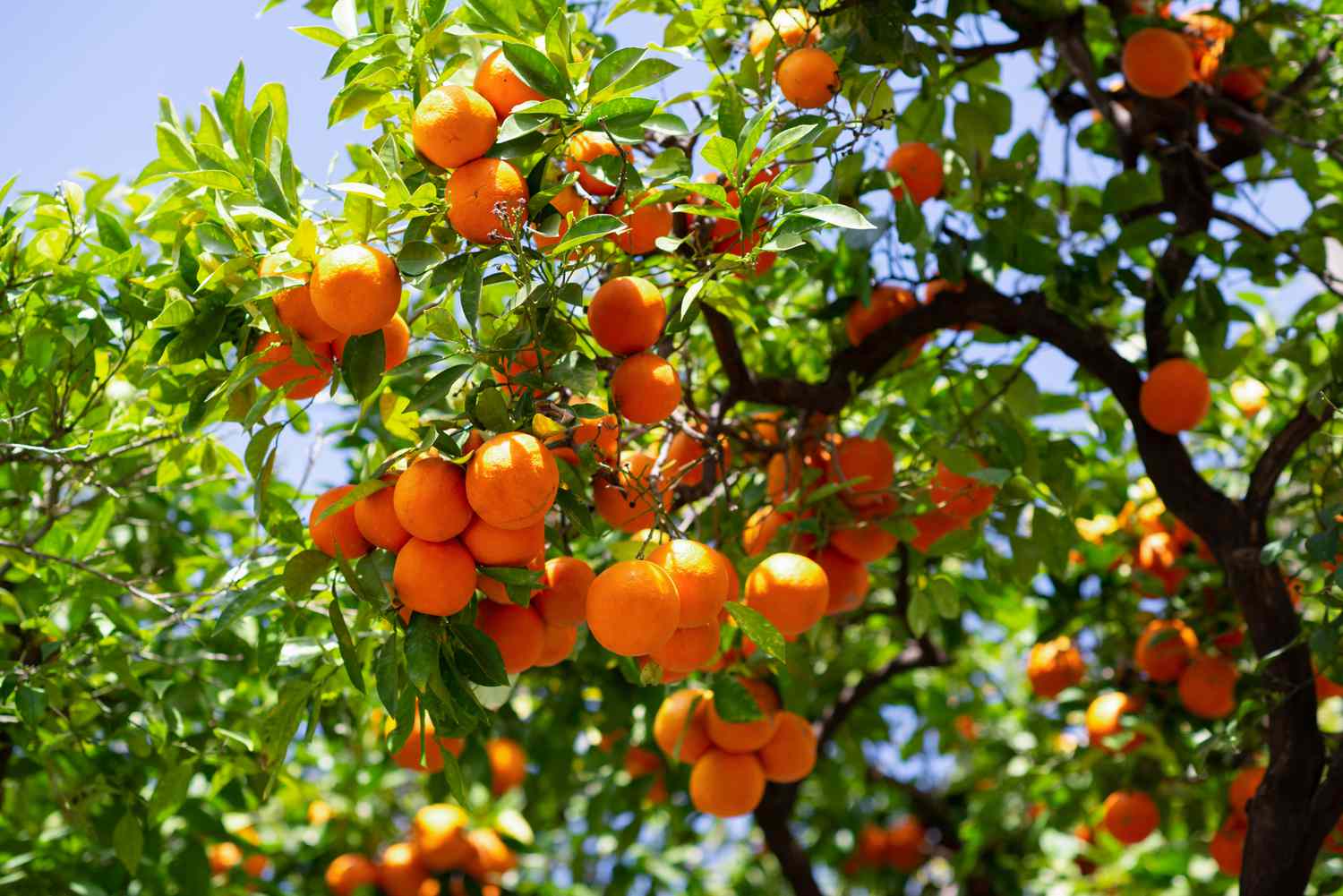
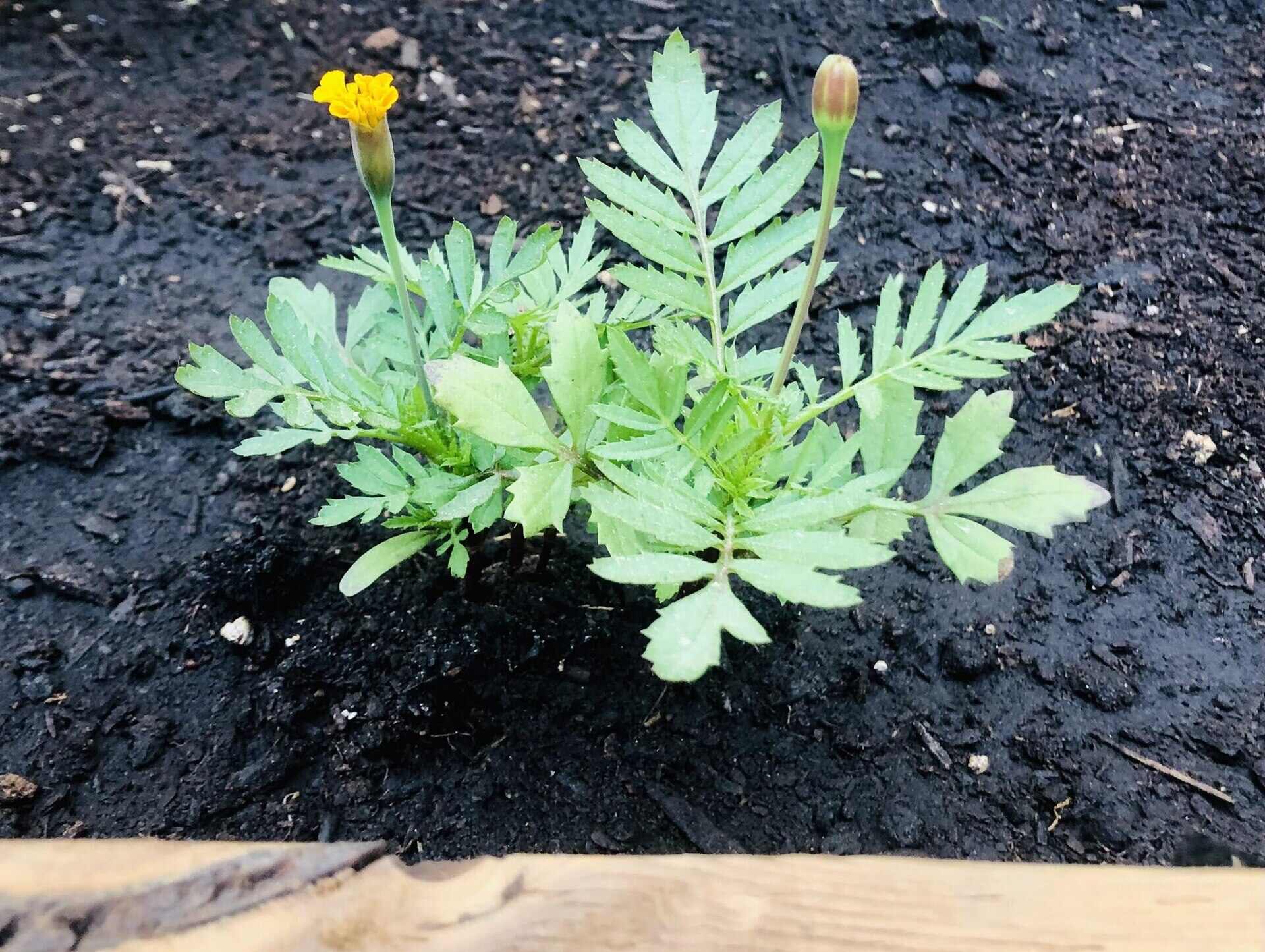
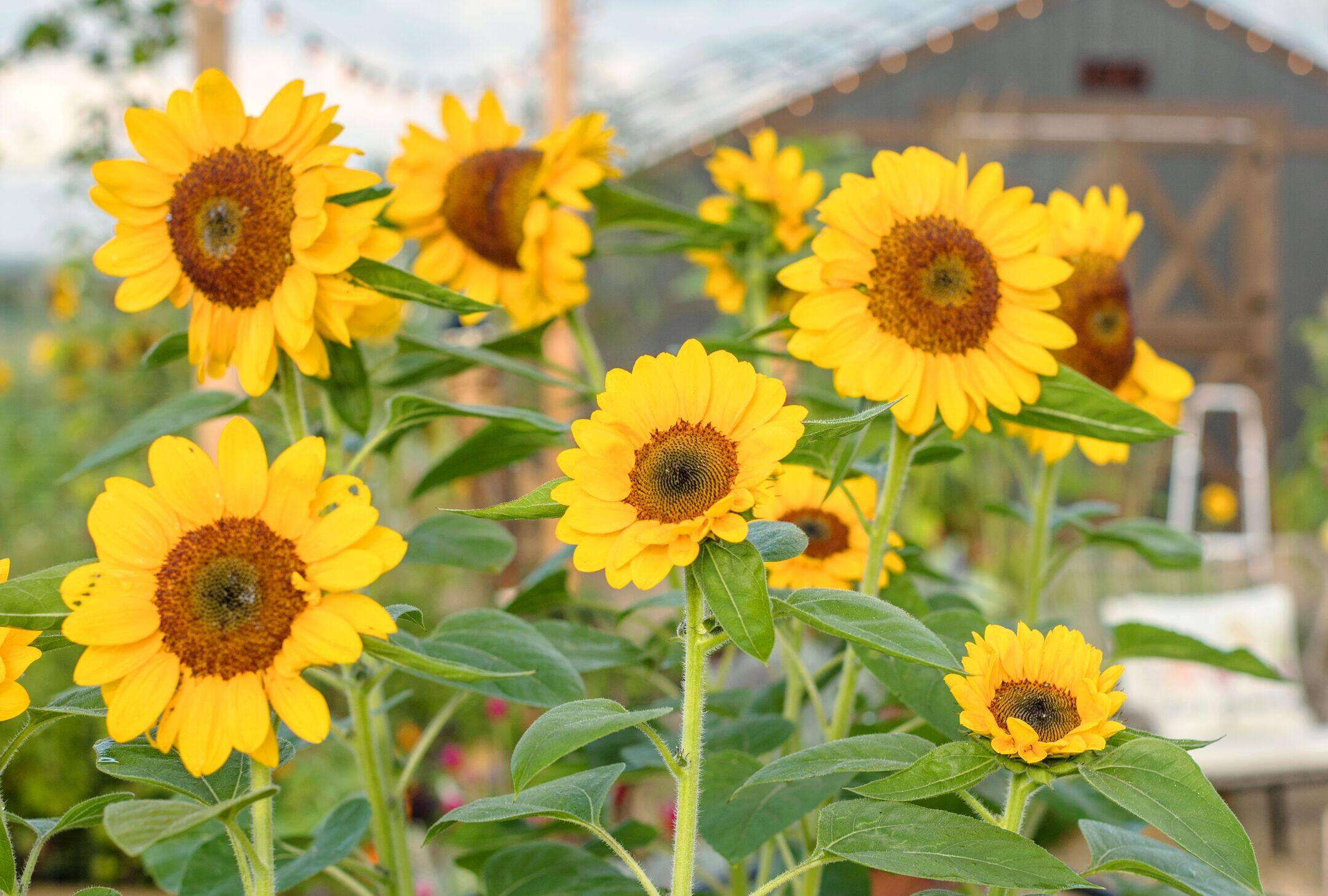
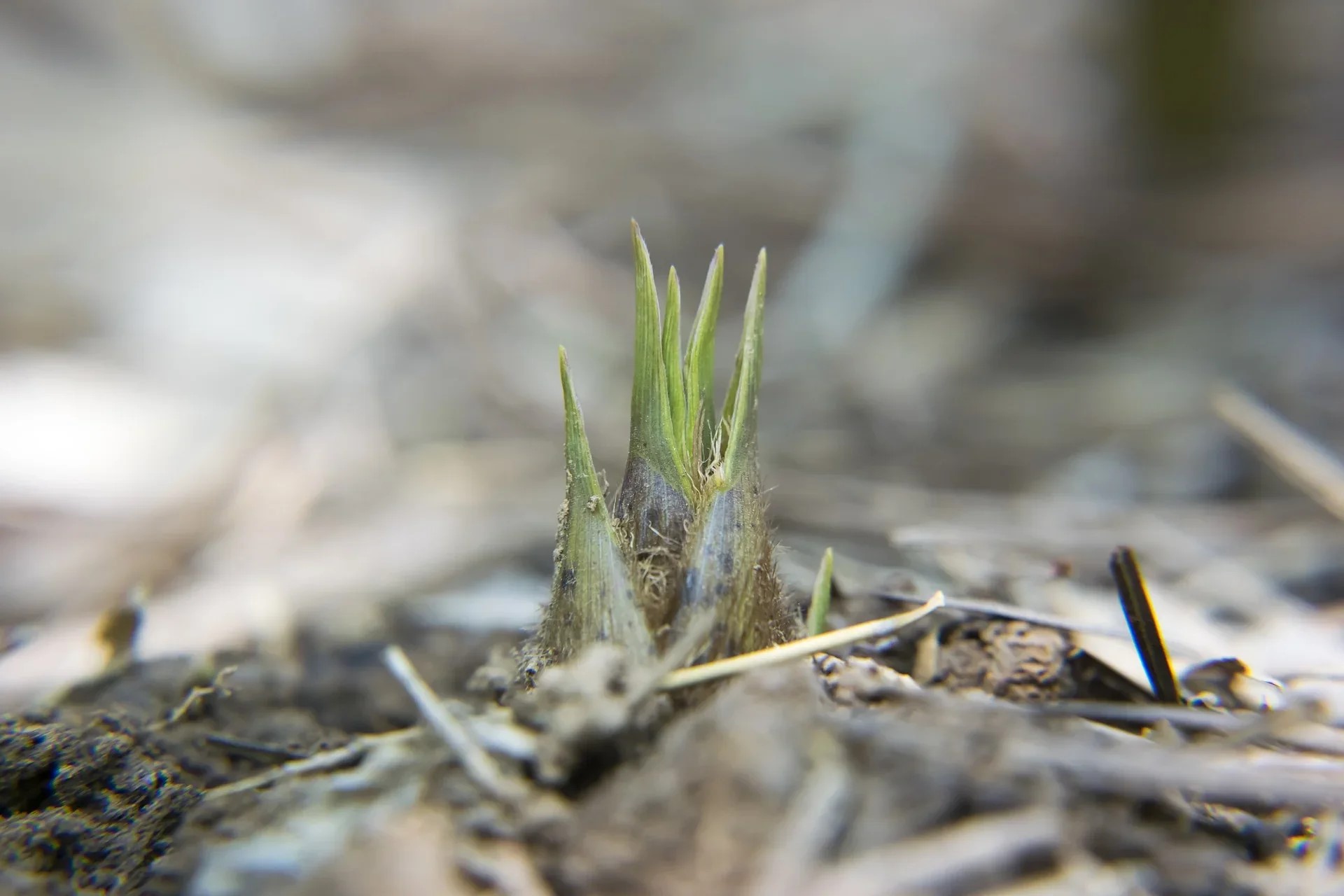
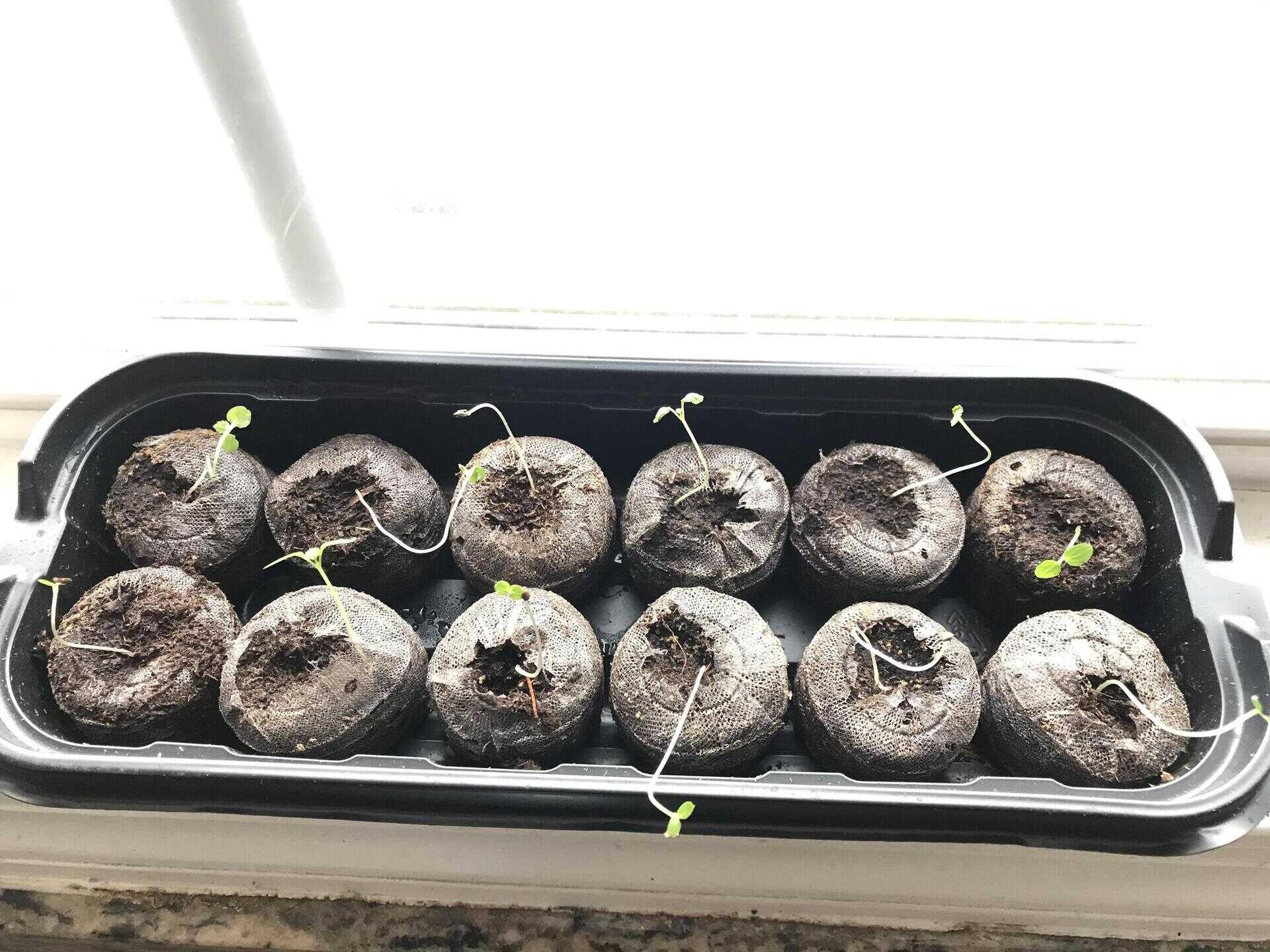
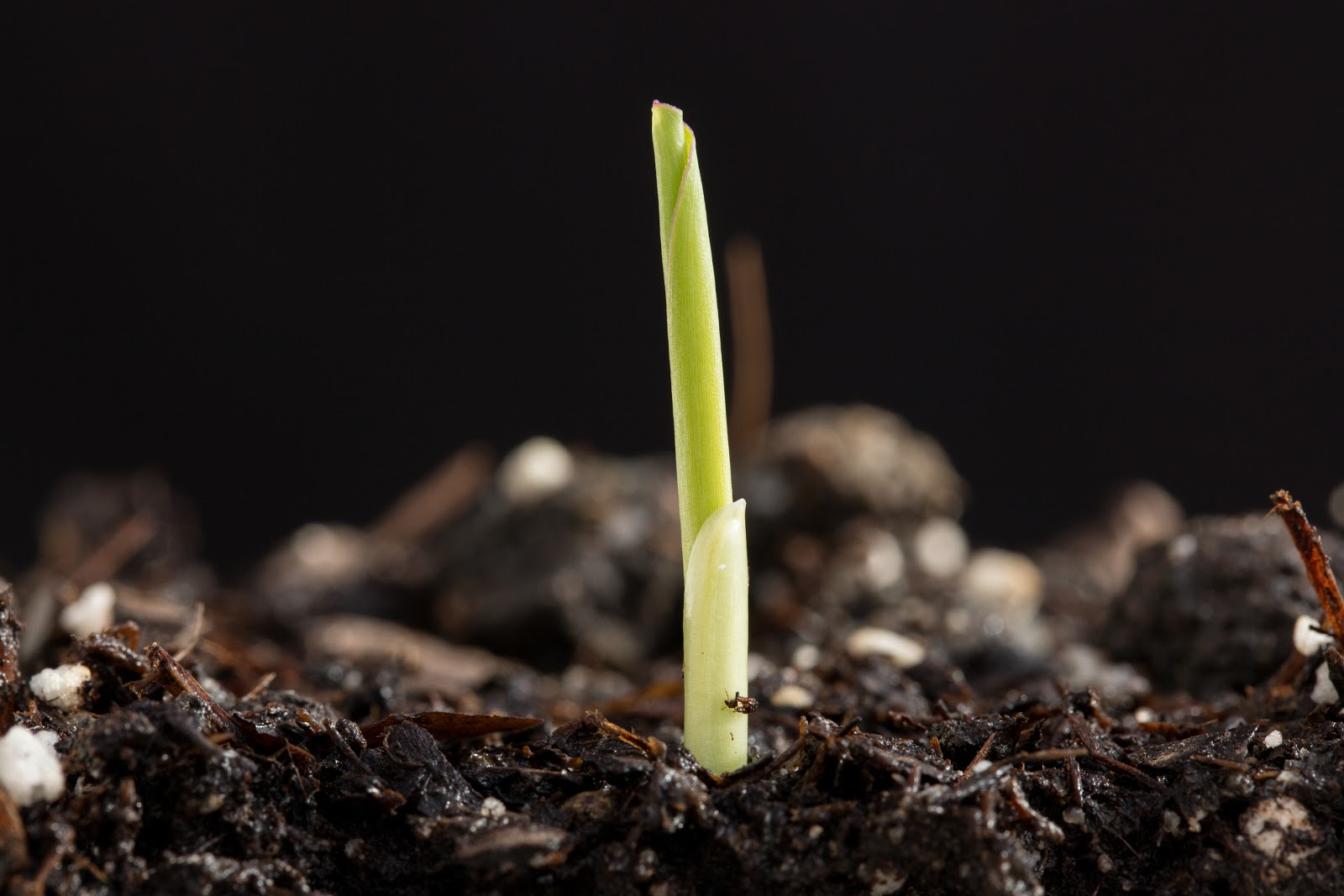
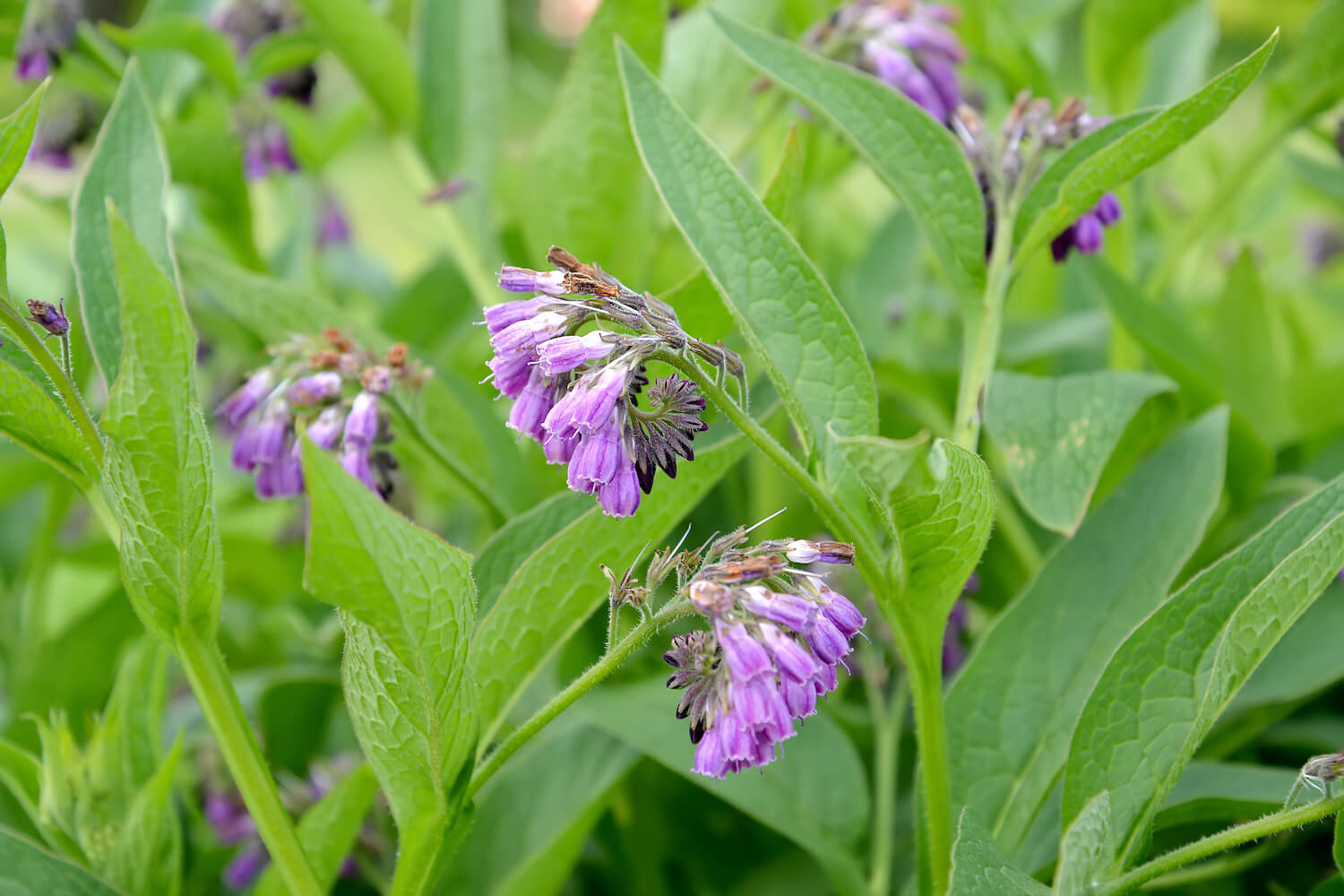
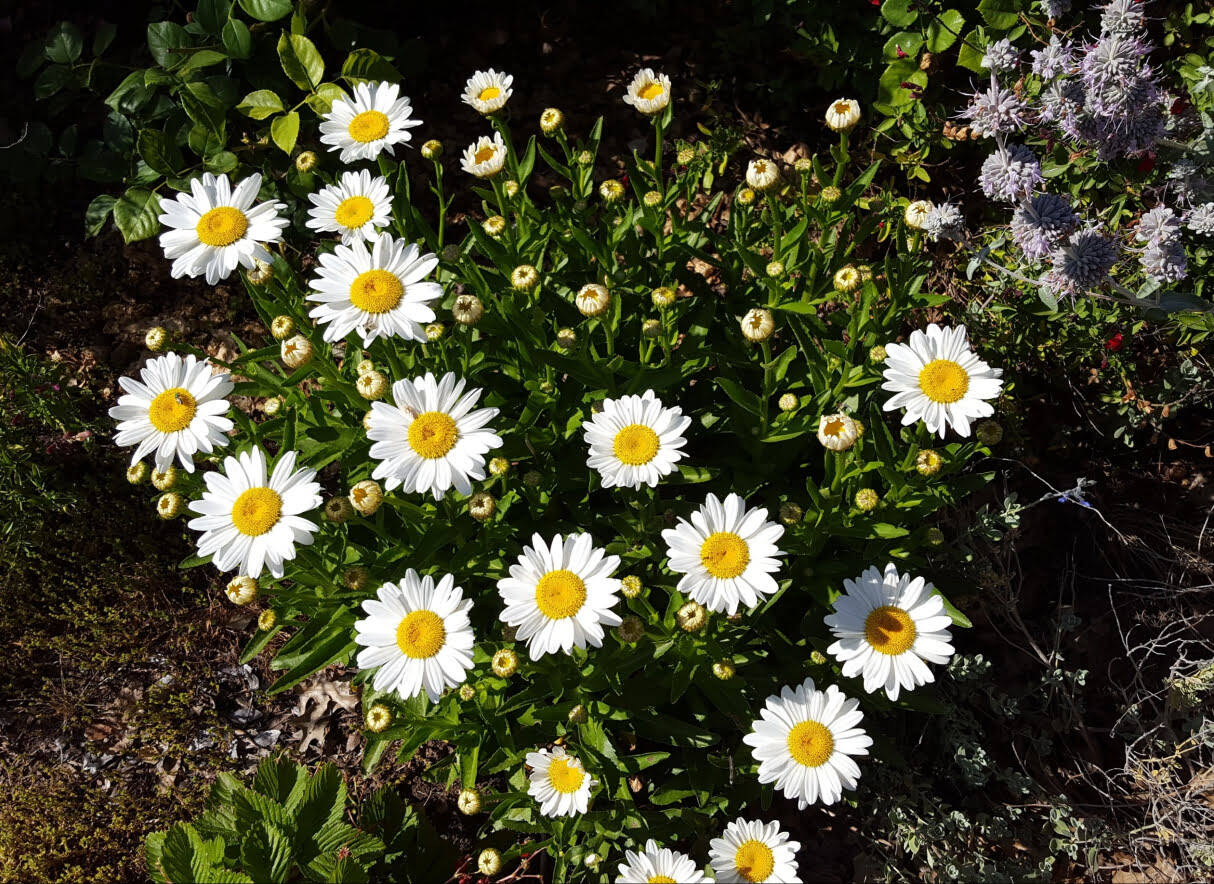
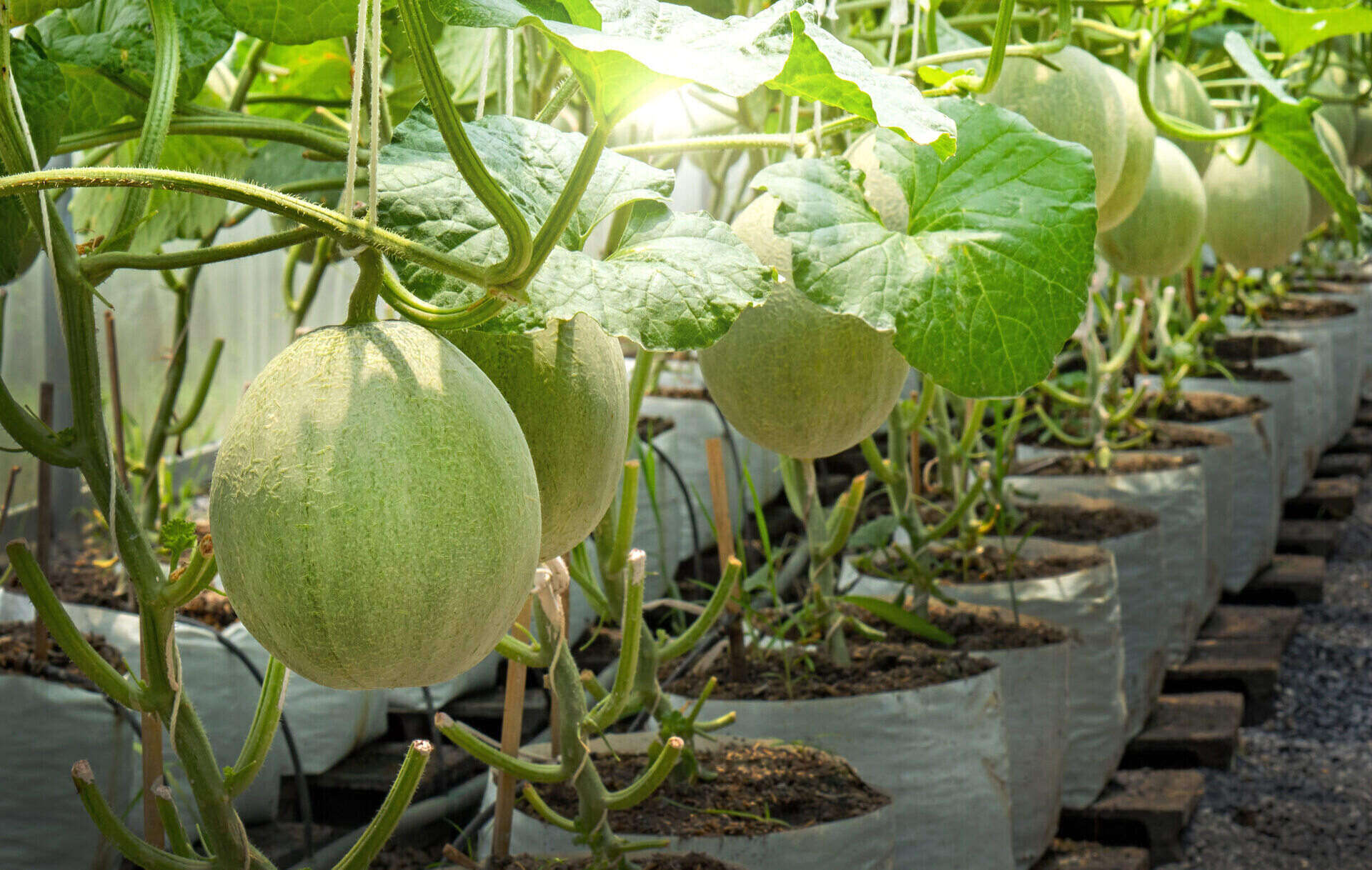
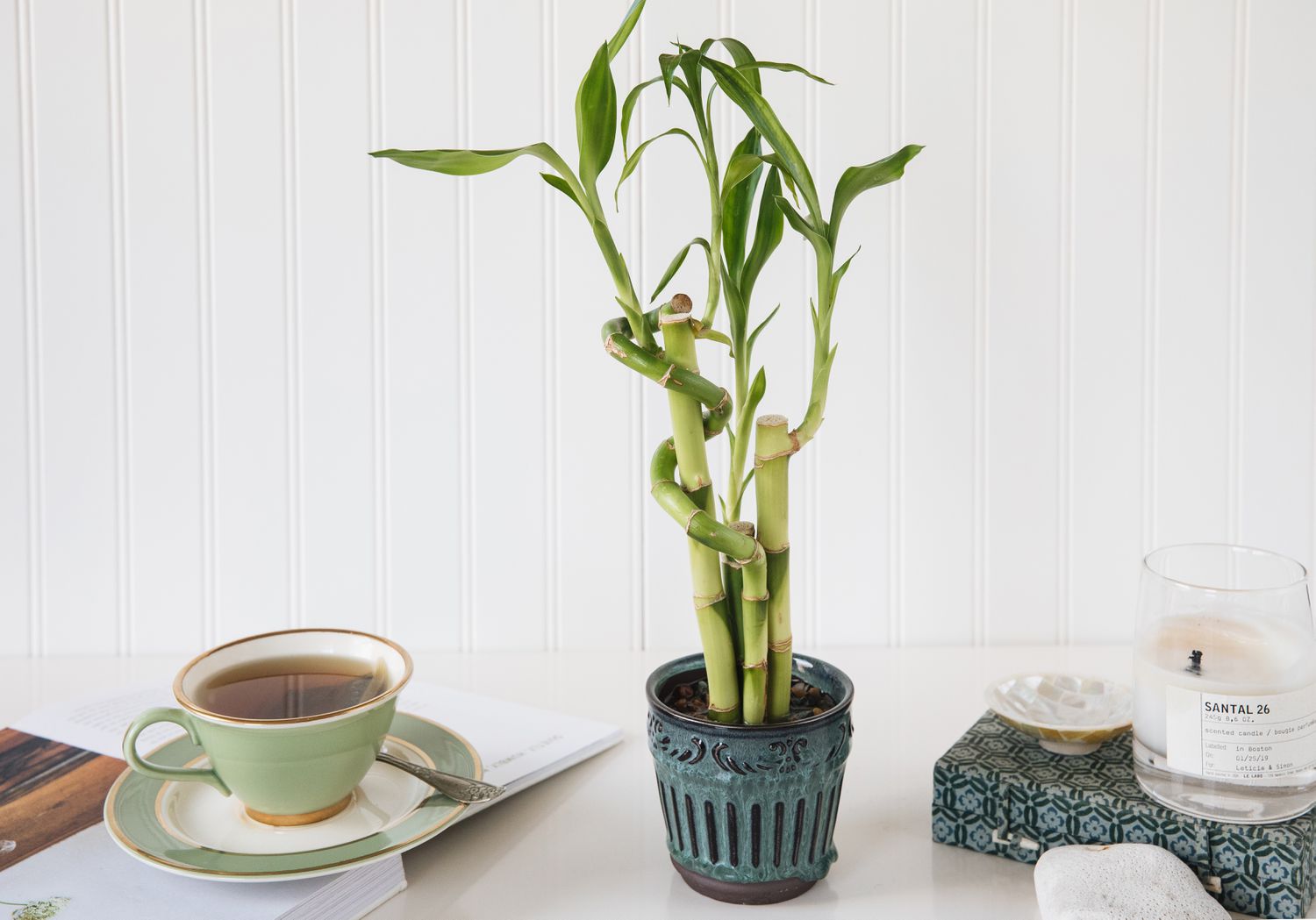
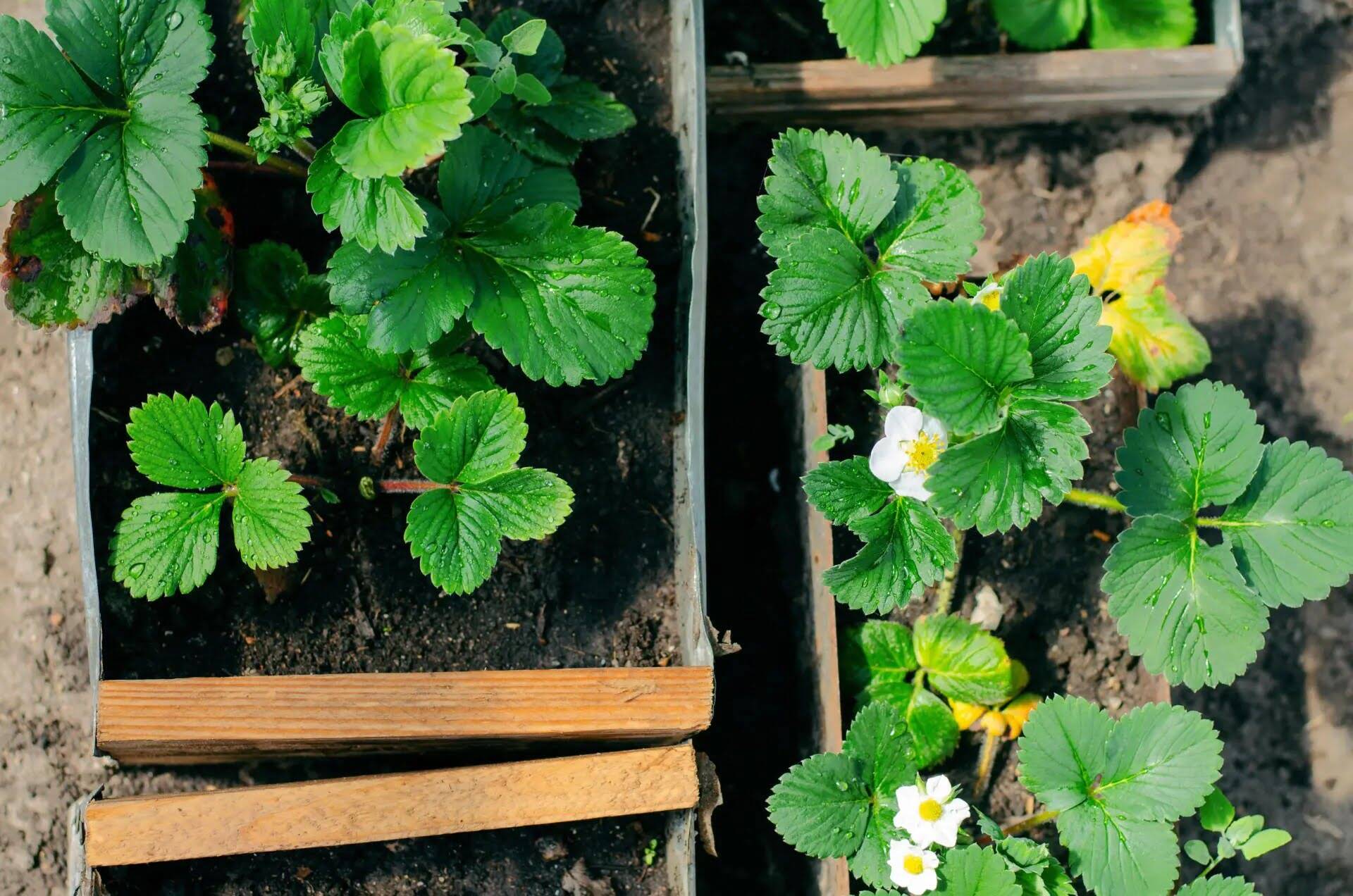
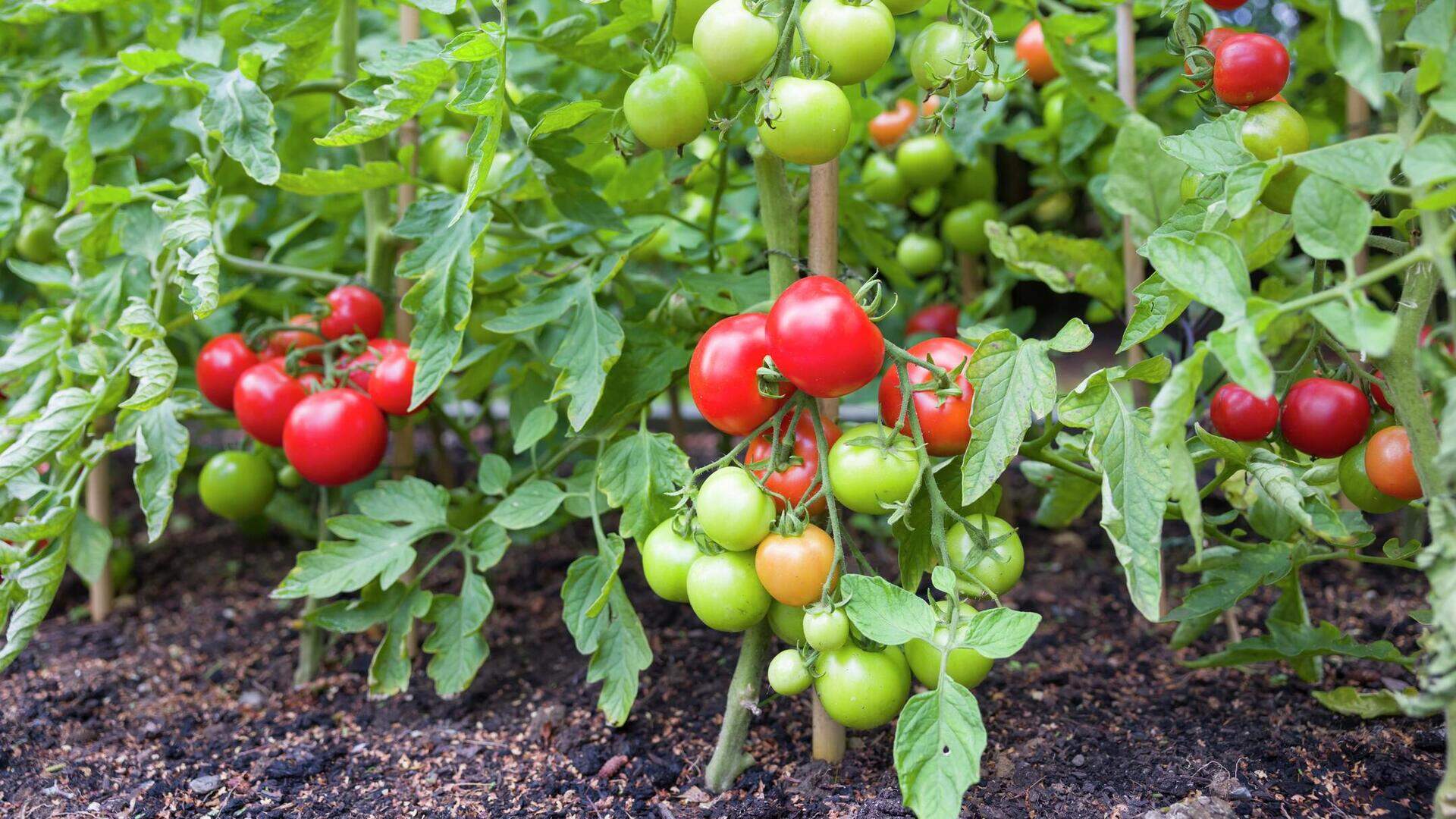
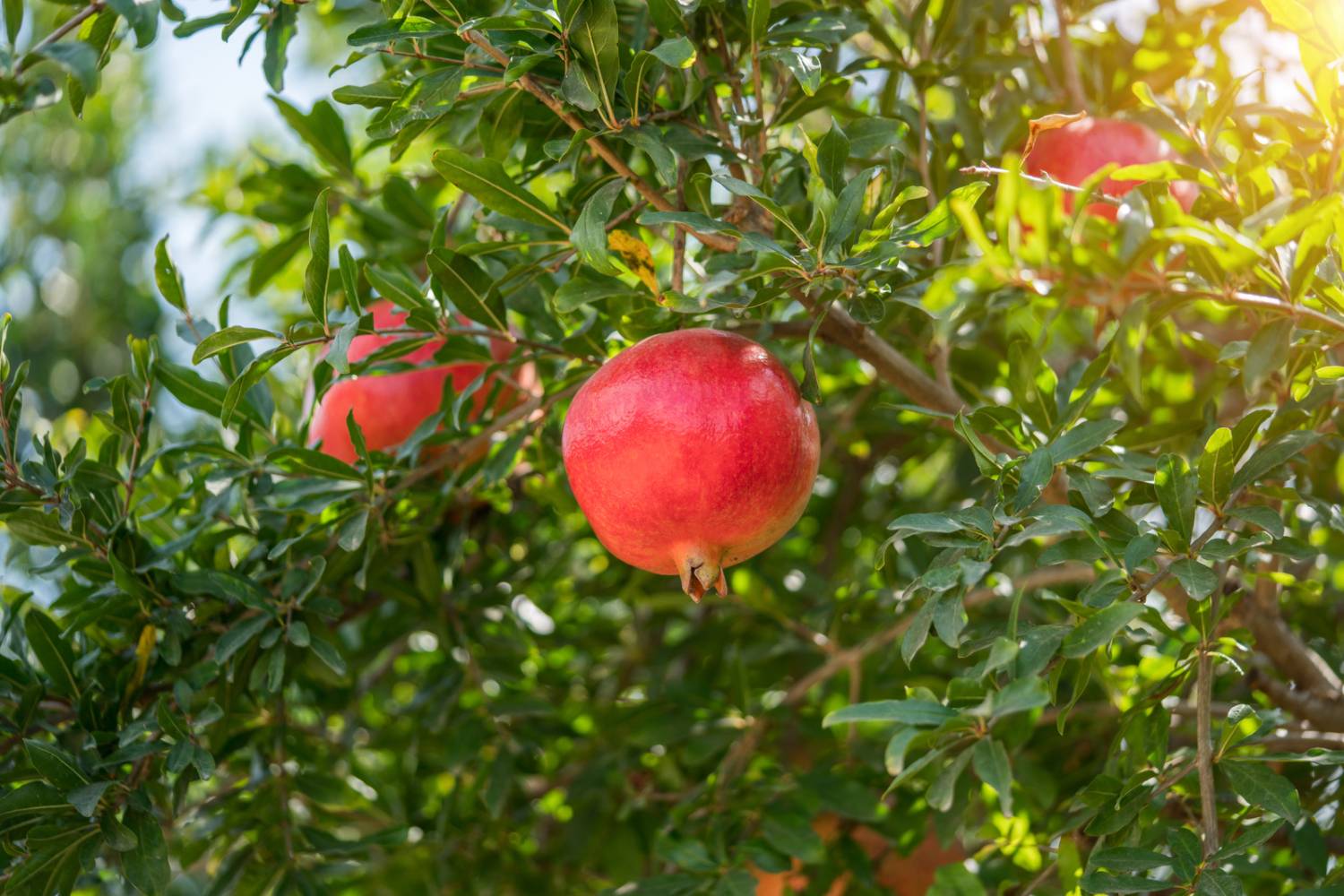
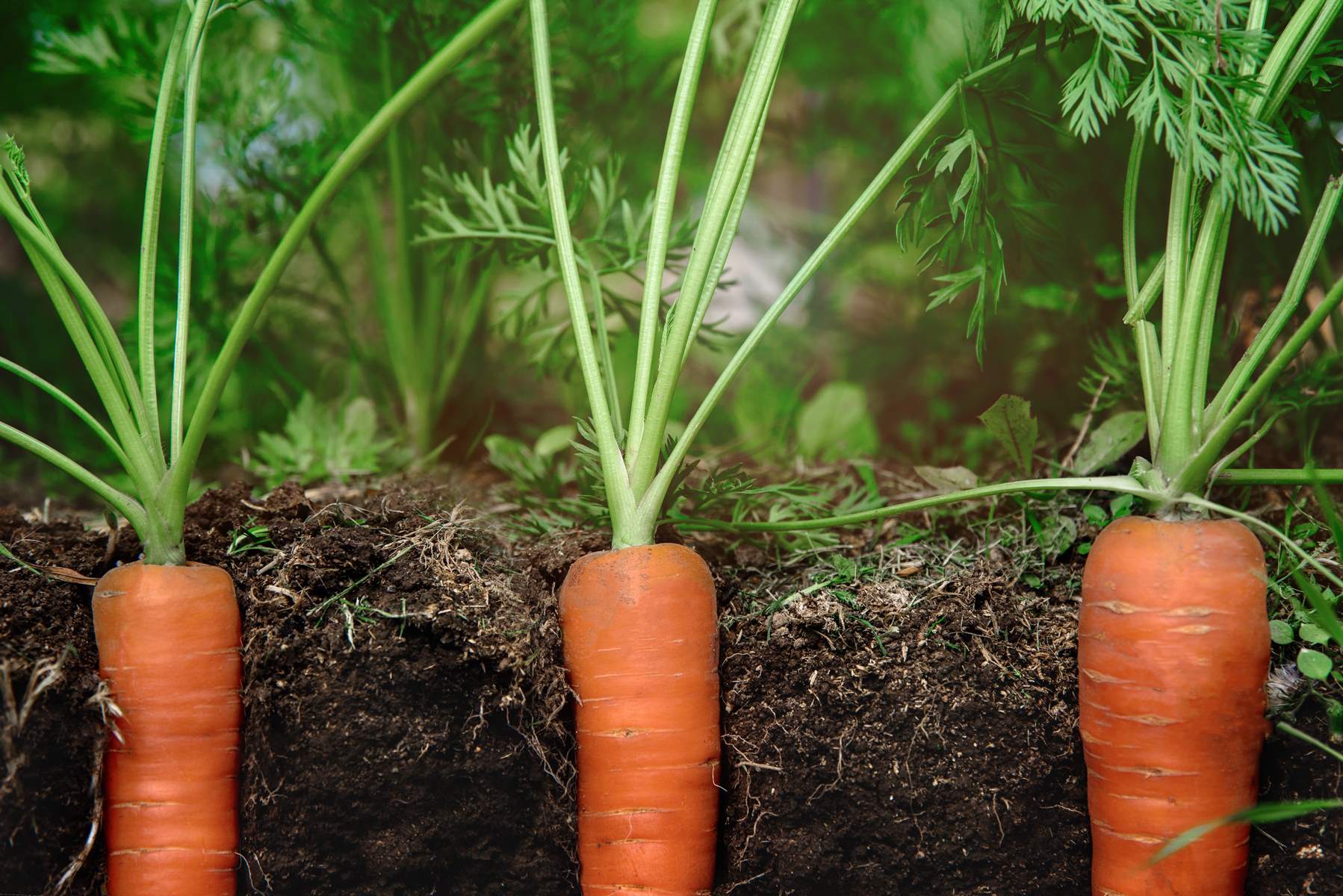

0 thoughts on “How Long Does It Take To Grow An Orange Tree From A Seed”